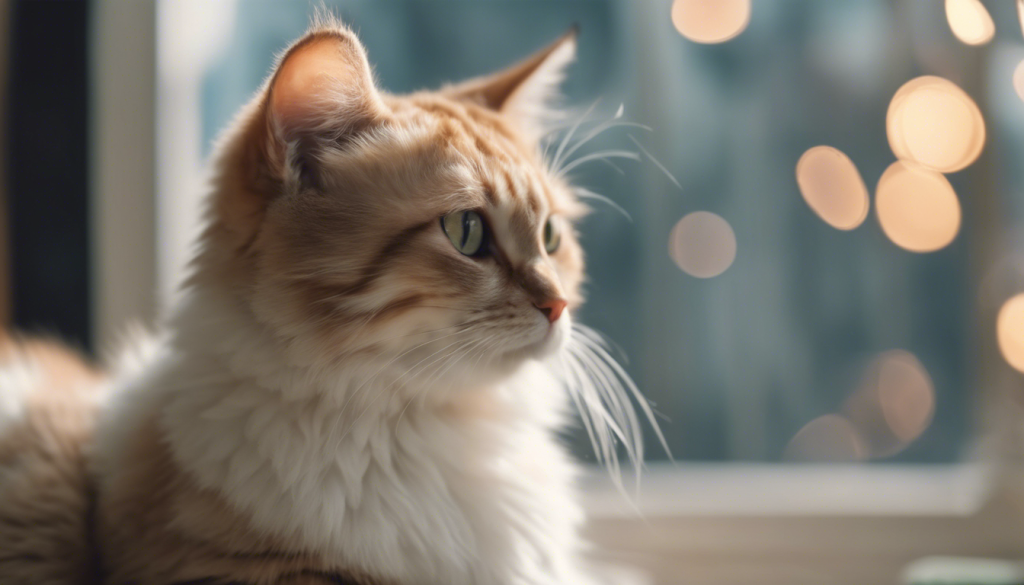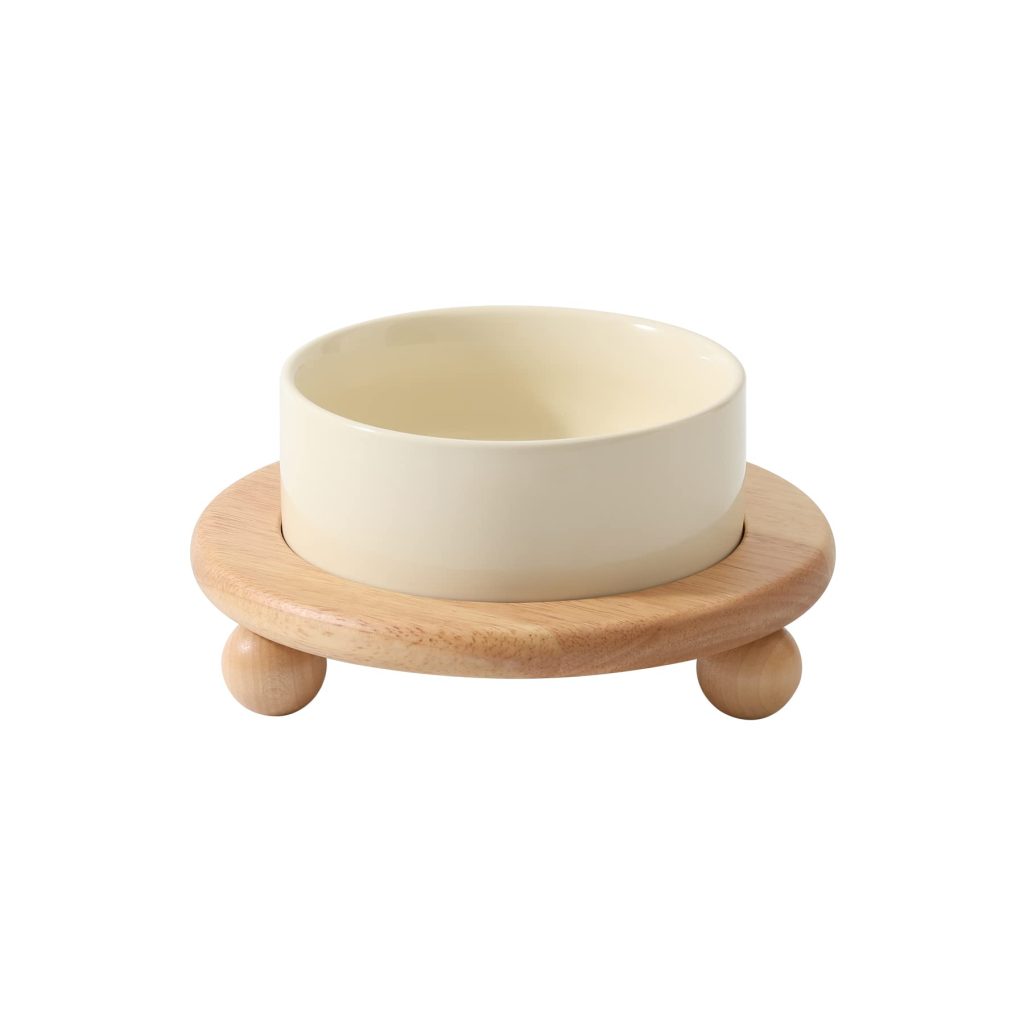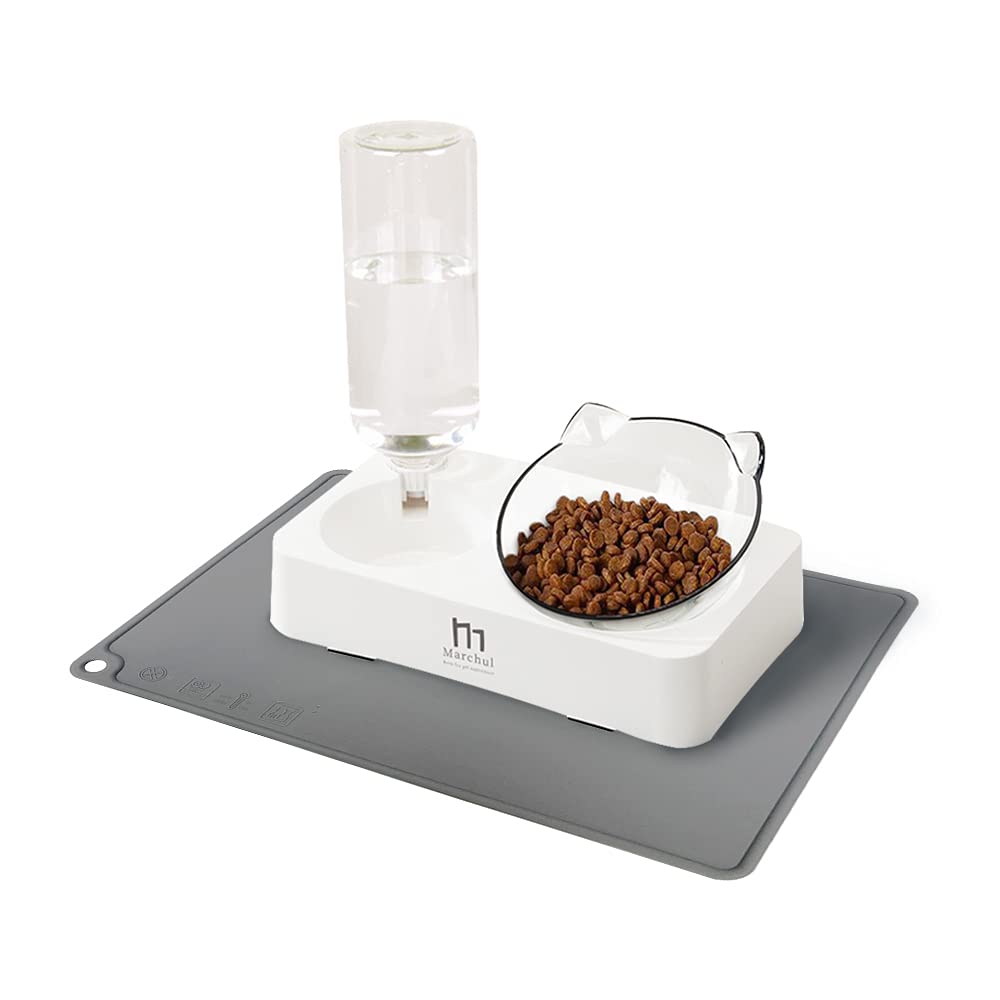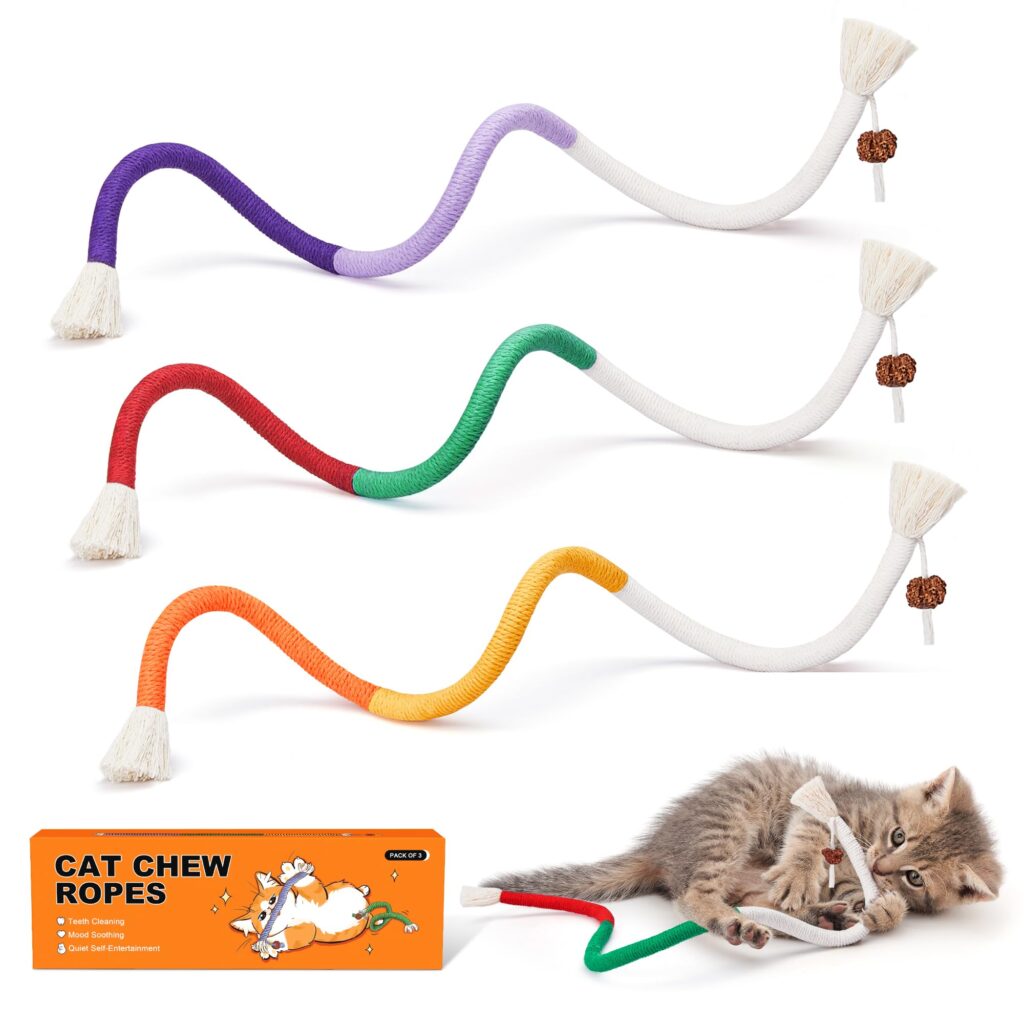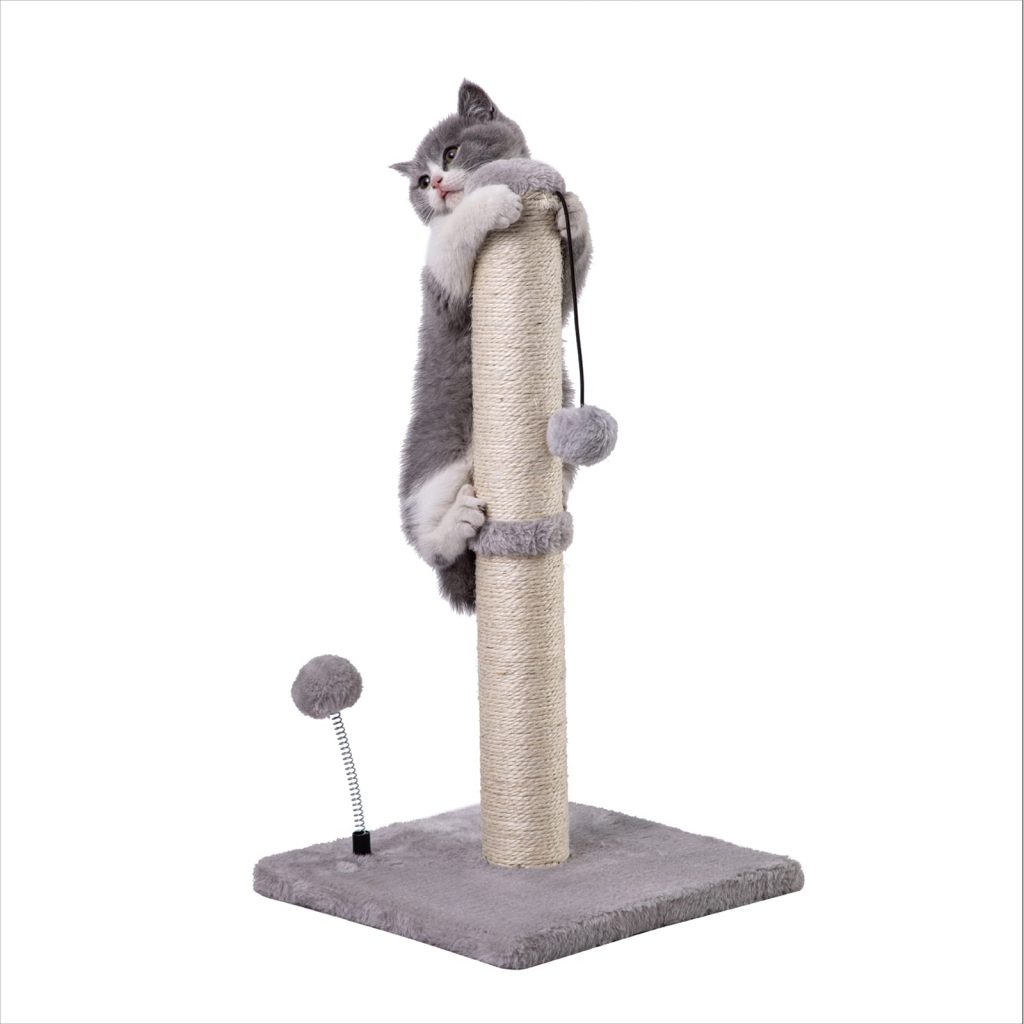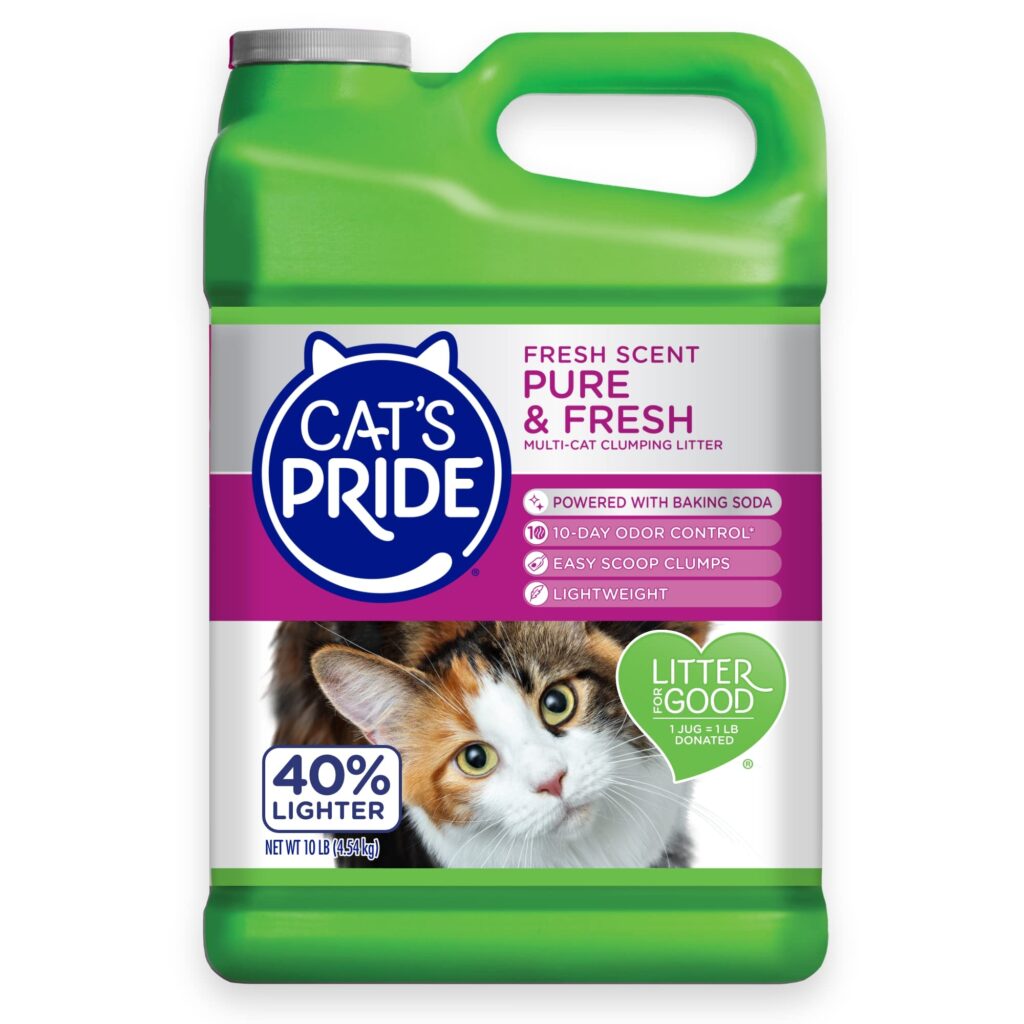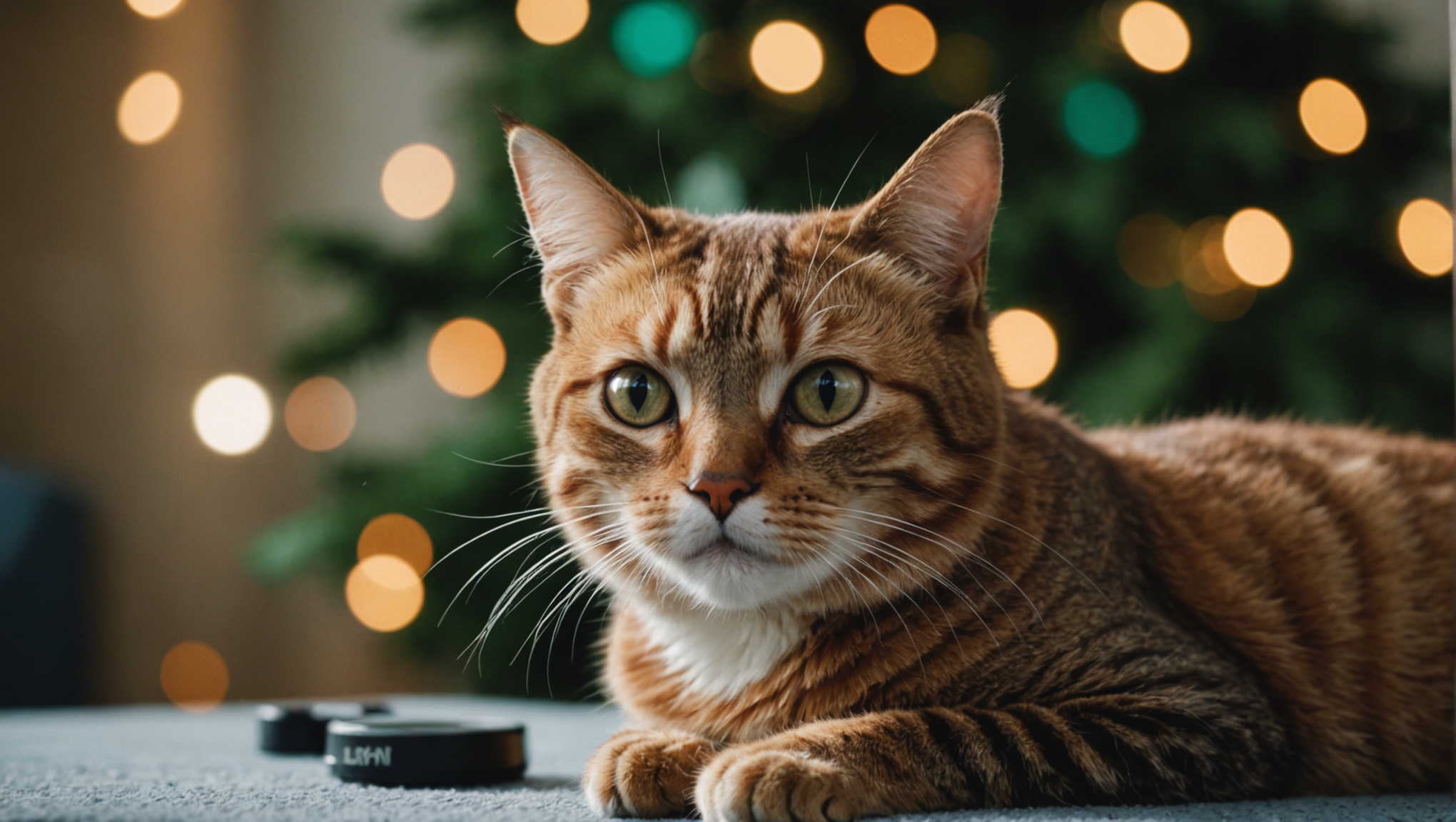
Cat separation anxiety, a condition often overlooked yet profoundly impactful, warrants a meticulous understanding if we are to foster a harmonious coexistence with our feline companions. This emotional and behavioral response arises when a cat experiences extreme distress due to the absence of their human caregiver. Felines, known for their independent nature, paradoxically form deep-seated bonds with their owners, often leading to heightened anxiety when these bonds face disruption. Much like humans, cats crave companionship, and the sudden or prolonged departure of their beloved caregivers can create a psychological tempest within their graceful, furry frames.
Ponder, for instance, the breeding of a species that, unlike its canine counterparts, historically thrived in solitude, reigning over desires for territorial expansion and resource monopolization. Yet, modern domestic cats, as they meld seamlessly into human households, develop attachments that can transform into anxiety-ridden responses during those unavoidable separations. A cat left alone for extended durations may exhibit a repertoire of stress-induced behaviors—from incessant vocalization and destructive tendencies to litter box avoidance. It is essential, therefore, to approach this emotional landscape with sensitivity and knowledge. The nuanced understanding of such behaviors reveals not merely the trials of the feline experience but also the underlying howl of their hearts, yearning for connection.
The psychological implications of separation anxiety extend beyond mere inconvenience; they intersect with the health and well-being of our pets. Chronic anxiety can precipitate physical issues such as gastrointestinal disturbances, chronic weight loss or gain, and a weakening of the immune system. The cascading effects of stress are significant, leading to a compounding cycle of anxiety and health deterioration, which could prove detrimental in the long run. Cats might exhibit a notable decline in their vitality, serenity, and overall sociability, leaving pet parents in a vexing predicament. The pivotal task, then, is unraveling the intricacies of this emotional turbulence to pave the way for both healing and joyful harmony within the household.
To mitigate the adverse effects of separation, one must adopt an empathetic approach, recognizing that understanding the depths of feline perception is formidable yet rewarding. Regular routines can become comforting for cats, instilling a sense of predictability in their lives. Even subtle changes, such as introducing interactive toys or employing treat-dispensing puzzles, can serve as beneficial distractions that re-engage their primal instincts for hunting and exploration. By nurturing their mental stimulation, we help alleviate the psychological weight of separation. Additionally, incorporating elements that foster security, such as a cozy sleeping area or familiar scents from their caregivers, can drastically reduce their feelings of abandonment.
In navigating the world of cat separation anxiety, acknowledging and addressing the emotional needs of our whiskered friends is paramount. An attentive understanding of their behavior, coupled with targeted strategies to adjust their environment and routines, can catalyze a dramatic transformation in their emotional landscape. The bond between human and cat, when cherished and responsibly maintained, can flourish even in the face of separation, nurturing an enriched life for both parties. Indeed, as we learn to harmonize our lives with theirs, we empower our feline friends not only to cope with their anxiety but also to thrive amidst the ebb and flow of our daily lives.
Identifying signs and triggers
Recognizing the signs and triggers of cat separation anxiety is essential in crafting an effective approach to mitigate its effects. Cats, often adept at masking their feelings, can exhibit subtle signs that may easily go unnoticed by a distracted owner. These signs range from behavioral changes to physical manifestations of distress, forming a tapestry of emotional responses that require keen observation and understanding.
One of the primary indicators of separation anxiety is excessive vocalization. A once-quiet cat might suddenly engage in constant meowing, yowling, or even howling in protest against the solitude imposed by their caretaker’s absence. Such vocalizations are often an emotional cry for attention, echoing their discontent and longing. Additionally, litter box issues can arise, with some felines avoiding or mishandling their litter areas out of protest or distress. This behavior not only signifies anxiety but can also lead to further health issues, creating a ripple effect of challenges for the caretaker.
Moreover, behavioral changes such as increased aggression or withdrawal can signal an anxious disposition. A previously outgoing cat might become reclusive, seeking refuge in secluded spots within the home, while others may react defensively to perceived threats. These drastic shifts in demeanor underscore the notion that separation anxiety transcends simple annoyance; it’s a psychological barrier affecting a creature’s sense of safety and belonging. As esteemed animal behaviorists underscore, the resolution of these tensions often lies in enhancing our understanding of feline communication.
Triggers of separation anxiety can be varied, with both external and internal factors contributing to their emotional turmoil. An obvious but often overlooked trigger is the sudden change in daily routines. Cats thrive on consistency, and alterations in their caregiver’s schedule—such as extended work hours, travel, or significant lifestyle changes—can spark unease. Moreover, environmental modifications, such as new pets in the home, moving to a new house, or even the loss of a companion, can create upheaval that manifests as anxiety. These triggers demand immediate attention, for they can exacerbate both the emotional state of the cat and the potential for destructive behaviors in response.
Ponder the profound impact of a seemingly innocuous event like a household visitor. While it may appear harmless to us, the presence of unfamiliar individuals can trigger feelings of vulnerability and fear in a sensitive cat. Thus, a visitor’s arrival might mark the onset of repeated attempts to hide or escape, an indicator of their frayed sense of safety. Similarly, loud noises—whether from thunderstorms or urban disturbances—can exacerbate their sensitivity, leading to an escalation of anxiety-related behaviors.
In essence, the journey to understanding cat separation anxiety necessitates a harmonious blend of empathy and vigilance. By observing not only the overt behaviors but also the subtleties of their routines and reactions, caregivers can identify the underlying triggers that propel their feline companions into a state of distress. The differences among individual cats, with variable temperaments and experiences, further emphasize the need for a personalized approach rooted in insightful knowledge and compassionate care.
Ultimately, as caretakers develop this nuanced understanding, they pave the way for interventions that resonate profoundly with their cats’ emotional needs. In recognizing and addressing the signs of separation anxiety, we not only stay attuned to our cats’ psychological well-being but also take prudent steps towards nurturing their long-term stability. The journey towards healing is a shared voyage, hinging upon our commitment to understanding the delicate emotional tapestry of our treasured feline friends.
Effective coping strategies
To effectively address the distressing phenomenon of separation anxiety in cats, an array of practical strategies emerges as invaluable tools tailored to fortify their emotional resilience. Just as one might employ a diverse toolkit to navigate challenges in life, caregivers can integrate multifaceted approaches to nurture their feline companions, ensuring they maintain a sense of security, even when faced with solitude. These strategies, embraced with love and understanding, can facilitate a profound shift in the well-being of cats, allowing them to flourish in an environment that’s both nurturing and stimulating.
One of the foremost strategies involves the gradual acclimatization to periods of separation. Caregivers can practice departures and arrivals that mimic real-life scenarios, allowing their cats to develop a more robust sense of predictability. For instance, short absences can evolve into longer stretches, enabling the feline to understand that their beloved human will return, cultivating reassurance over time. Such a phased approach is akin to teaching a puppy to experience brief stays alone, reinforcing the idea that departure does not equate to abandonment.
Additionally, environmental enrichment plays a critical role in distracting cats during periods of solitude. By providing an assortment of engaging toys, prefering those that stimulate their hunting instincts—like feather wands, laser pointers, and interactive puzzles—caregivers can create a dynamic environment that captivates their attention, reducing the intensity of their anxiety. Moreover, incorporating cat trees, scratching posts, and atmospheric elements such as climbing shelves can serve to entice their innate curiosity, allowing them to explore their surroundings and find joy in their autonomy.
Importantly, familiar scents can serve as comforting anchors in a cat’s world. Using items that carry the caregiver’s scent—a worn shirt or a soft blanket—can provide emotional solace, acting as a tangible reminder of their presence. This olfactory link creates a buffer against feelings of loneliness, aiding the feline in reclaiming a sense of harmony while navigating the challenges of separation.
The integration of scheduled playtime preceding separation can also prove beneficial. Engaging in stimulating activities before leaving allows cats to expend energy and fosters a stronger bond between pet and caregiver. This not only primes them for the impending solitude but also deepens the emotional connection, making it easier to transition into quiet moments apart. Furthermore, the use of pheromone diffusers or sprays can alleviate anxiety in the environment, creating a soothing atmosphere that calms frayed nerves and fosters a sense of security.
Moreover, it is pivotal to establish a consistent routine surrounding feeding and play. Cats are creatures of habit, and by following regular schedules, their sense of stability is reinforced. A well-structured day filled with planned feeds, interactive sessions, and designated quiet times provides clarity in an often chaotic world, fortifying their emotional health against inspirations of anxiety.
Emphasizing that separation is a shared journey can also lead to breakthroughs in emotional well-being. Socializing with other animals or incorporating dual-pet households can help mitigate feelings of isolation. The companionship of another pet, whether through play or shared experiences, can transform a solitary home into a vibrant space of social engagement, providing emotional support that enriches both lives.
Lastly, caregivers must never underestimate the power of patience and understanding. Just as we seek empathy in our own struggles, our feline friends deserve the same grace as they navigate their anxieties. The journey toward healing is often marked by small victories, and recognizing progress—no matter how incremental—can create a profound shift in the emotional fabric of the household. As we nurture our connections with our furry companions, using these thoughtful coping strategies, we champion resilience, allowing them to not only manage their anxiety but also to embrace the joyful existence they so richly deserve.
Creating a supportive environment
Creating a supportive environment for your feline companion, particularly when addressing separation anxiety, necessitates a thoughtful approach that resonates deeply with their inherent nature and emotional needs. Cats, though often perceived as solitary creatures, benefit immensely from a nurturing atmosphere that fosters security and minimizes stress. By carefully curating the surrounding environment, caregivers can significantly mitigate the impacts of anxiety, enhancing both the emotional and physical well-being of their cats.
To begin with, a tranquil and inviting space is paramount. Think the layout of your home from your cat’s perspective. High perches, such as cat trees, shelves, and window sills, allow them to observe their surroundings, promoting a sense of safety and control. This vertical territory not only satisfies their instinctual desires but also provides a refuge where they can retreat and recharge during moments of solitude. In the soft embrace of elevated spaces, they can survey their domain with confidence.
Moreover, the introduction of familiar scents can weave a tapestry of comfort in an anxious environment. Clothing or blankets carrying your scent can evoke feelings of closeness, serving as a tactile reminder of your presence. This sensory connection transcends mere fragrance; it encapsulates familiarity and love, crucial elements for easing their distress. Infusing their space with interactive elements—such as comforting beds or blankets—also encourages exploration, creating safe havens that imbue their environment with warmth and reassurance.
Environmental enrichment speaks volumes in not only entertaining, but also emotionally nurturing your cat. Consider incorporating a variety of toys that stimulate their natural instincts, such as feather toys that mimic birds or puzzle feeders that challenge their intellect. Such diversions help channel energy constructively, reducing the likelihood of destructive behaviors spurred by anxiety. By combining physical and mental stimulation, you create an engaging landscape for exploration that alleviates the weight of solitude.
In tandem with stimulating activities, establishing a consistent daily routine can weave predictability into the fabric of their lives. Routine fosters a sense of security, allowing cats to anticipate their needs and the world around them. Scheduled feeding times, play sessions, and quiet companionship create a rhythm that resonates with their inherent understanding of time. With clear boundaries and expectations, your cat can navigate their day with a stabilizing sense of purpose.
Emphasizing positive social interactions enhances this supportive environment even further. If your cat is sociable, think engaging them with other pets or even supervised playdates with other animals. However, it especially important to gauge their comfort level, as not every cat thrives in social settings. Gradually acclimating them to new companions can foster bonds that alleviate feelings of isolation when you’re away, transforming your home into a realm of camaraderie rather than solitude.
The installation of anxiety-reducing elements such as pheromone diffusers can also provide an extra layer of comfort. Products that release synthetic feline pheromones mimic the calming scents naturally emitted by cats, creating a familiar and serene ambiance. This olfactory intervention can significantly quell anxiety and facilitate a sense of normality, allowing your feline friend to feel more at ease in your absence.
Lastly, never underestimate the importance of holistic approaches that cater to emotional well-being. Engaging with your cat through gentle interactions, such as mindful petting sessions or quiet moments of bonding, reinforces your connection. Regularly taking time to observe and understand your cat’s unique preferences and behaviors fosters a profound bond, nurturing a safe emotional landscape that propels them toward stability and serenity.
In essence, constructing a supportive environment for your cat encompasses a blend of physical comfort and emotional reassurance. By paying heed to their inherent needs and preferences, you can create a sanctuary that eases their anxiety and promotes health and vitality. This deliberate nurturing not only contributes to your cat’s emotional well-being, but it also deepens the bond you share, ultimately enriching the overall quality of life for both you and your cherished companion.
